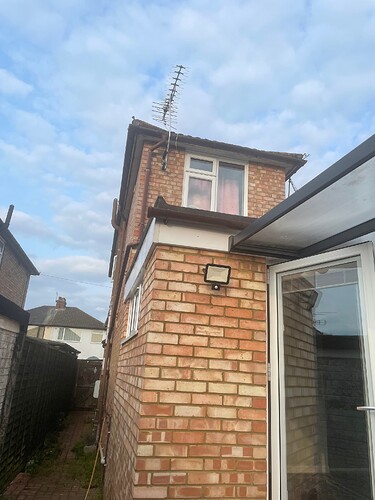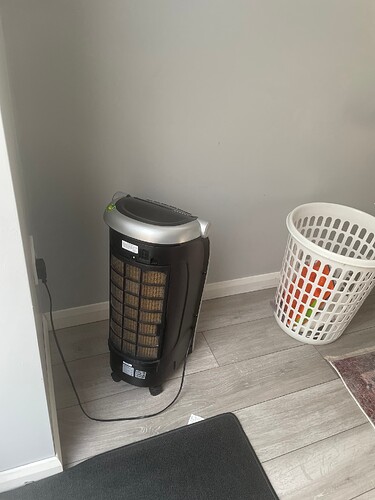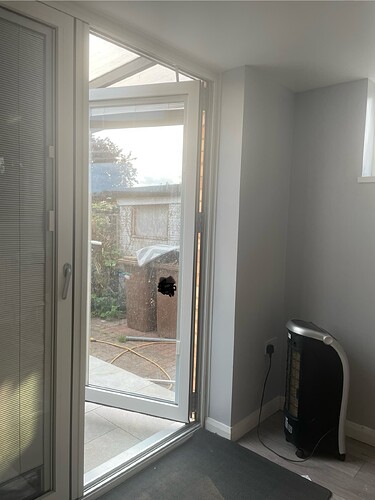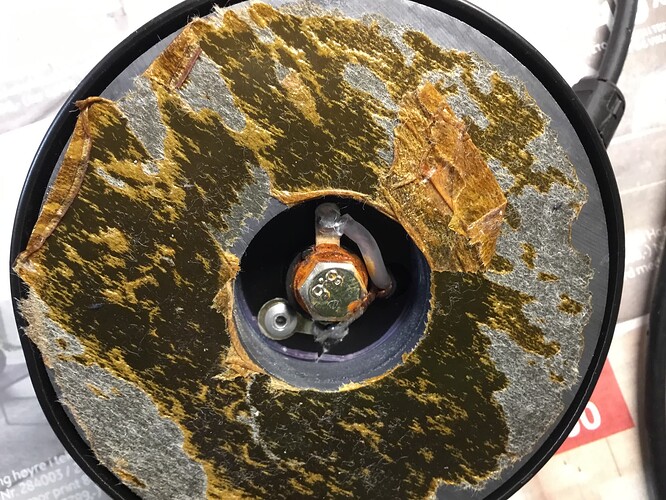Would anyone know if this antenna from Moonraker would be suitable for SatNOGS? It has a wide range of frequencies from HF all the way up to L-Band. I’m not sure about recieving L-Band satellites but I assume it will work well on VHF and UHF indoors, paired with a LaNA LNA from Nooelec. I’m planning on getting it and using an adapter to turn the BNC connection into an SMA connection to use it with the LaNA and a RTL-SDR v5 also from Nooelec. Would this antenna setup even work? Could there be any improvements?
It is a big compromise, so wouldn’t expect good, decodable observations.
The signals received from satellites are a lot weaker then local utility services.
Jan | PE0SAT
“For optimal indoor reception” makes me think this is not suitable for outdoor (permanent) use.
Ben
I mean, I am planning on keeping this inside.
This may be very wrong but I thought it wouldn’t really cause too much interference because they would be on different frequencies?
Haja,
Perhaps a bit of background on satellites may help you with your quest to set up a SatNOGS station.
Satellite transmitters are generally very low powered compared to terrestrial transmitters. Less than 1W compared to 30+W. The satellites are 400-500km high when overhead and even further when they are close to the horizon……compare that to terrestrial signals that may be 10-30km away.
Basically signals from satellites are very very low in level and hence to receive them you need to maximise the signal going into your receiver. This means to work you need no attenuation due to being indoors, a reasonable antenna with a clear view of the sky and a LNA close to the antenna.
Unless when you say indoors, you mean an attic with a non-metallic roof, the attenuation due to being indoors would be 20-30dB which is way too much for a low powered satellite. Your only hope of setting up an indoor SatNOGs station would be an attic install with a non-metallic roof.
If you are in an apartment then the best you can do is try and put an antenna on a balcony and recognise that your clear view of the sky is somewhat limited. There are a lot of satellites up there so you will still get reasonable results.
As for antennas……I would suggest a 70cm antenna……that is what most satellites are using. Lots of people use a Turnstile (or similar) + filter + LNA or similar. 70cm antennas are pretty small and the antenna pattern points upwards towards the satellites. The filter could be a Band Pass Filter (BPF) or a High Pass Filter (HPF). Most interferes are below 300MHz so a HPF is generally ok for 70cm. The LNA needs to have a low Noise Figure (less than 1dB) and should be close to the antenna. The LaNA LNA’s are ok.
I hopes this gives you a bit of a clearer picture of what you need to do antenna/receiving system wise.
John VK4JBE
Hello, I’m planning to install the antenna at the room in the back of my house right next to the glass door (no blinds) and full size windows (with blinds) in place of the unused cooler I have plugged in. There is nothing above the room although it is of course on the first floor. What would you suggest? I could potentially mount it on the roof with some extra cable. Please take a look at the attached images.
(The yagi on my roof currently is a random TV antenna)
I had the little brother of this antenna a while back for use with terrestrial signals.
It performed fairly well, however it is not suited for outdoor use as there is no strain relief or sealing between the coax and the antenna base. Its just a tight fit and its not tight enough… After one year it looked like this:
I would not choose a wideband antenna for satellite work, but if you decide to get it you should use some silicone sealant to make sure moisture does not get in.
Jomjom79
Haja,
What would be a great solution would be to put a small extension above the TV antenna on the upper part of the building. I did this and it works fine if you use a small antenna such as a 70cm turnstile. I would also put the filter and LNA up there because of the longer run of coax.
Failing that, it appears that the 1st floor (we would call that ground floor in Australia) has a pretty good view of the sky so you could put the antenna on that and still get reasonable results.
The trick of all this is of course is getting the coax into where your computer (RPI) is. If the TV antenna has a penetration that looks to go up under the eve and into the roof. You could follow that. If the antenna is on the lower roof you will need to find a spot to bring the coax in. I note what appears to be a solar hotwater on the roof and another TV antenna on the other side….perhaps they have an appropriate penetration.
The Turnstile is very light weight. I bought my first one but have subsequently built some ATA Turnstile antennas……They are pretty easy to build using a bit of brazing rod and some PVC pipe. I have built a few and they work really well.
For the LNA I just put the filter and LNA in a PVC tube with end caps. On the bottom end I put two SMA connectors and a small breather hole. Seal it up with some appropriate tape (the end caps plus the coax connectors). Make sure the connectors and breather hole point down so that the water runs down the coax away from the connectors. I attach mine to the antenna support mast.
I hope this helps. I reckon you have a pretty good shot at a reasonably good installation.
John VK4JBE
And, if the TV antenna is not used, you could try to connect that to an rtl-sdr and see what it picks up ![]()



